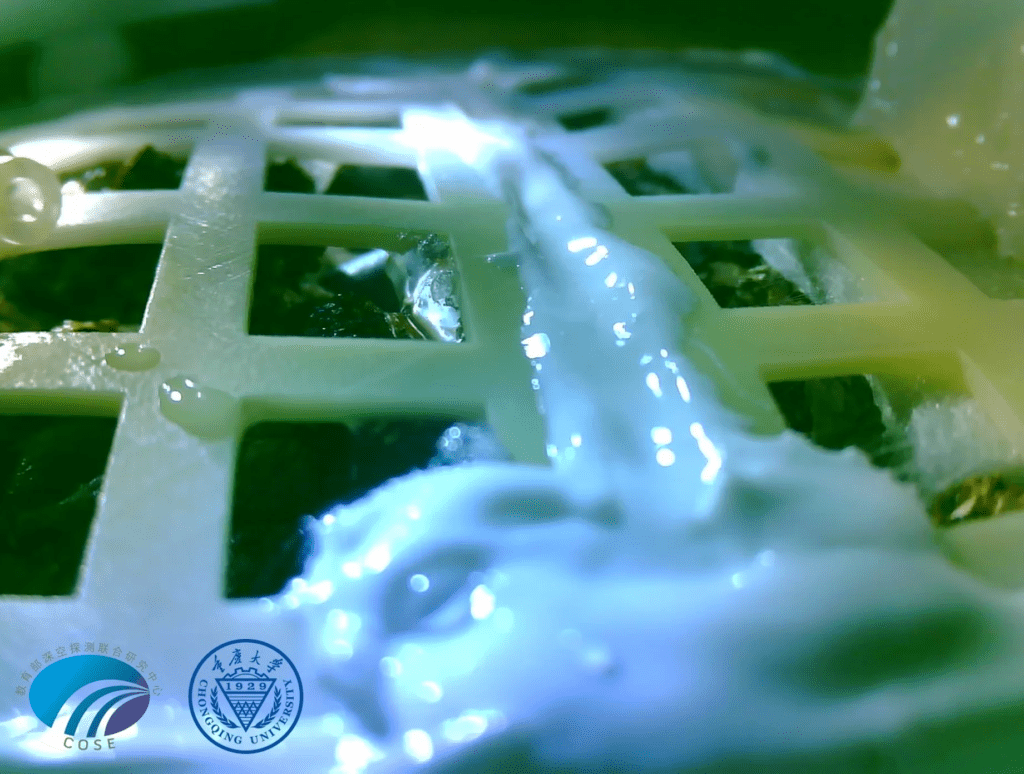
- A cotton seed carried to the Dark Side of Moon by China’s Chang’e-4 probe had sprouted, the first for any biological matter to grow on the Moon. But the end also came very soon.
- The cotton plant relied on sunlight at the moon’s surface, but as night arrived at the lunar far side and temperatures plunged as low as -170C, its short life came to an end.
- On January 3, 2019 China’s robotic spacecraft Chang’e-4 had landed on the far side of the moon near Von Kármán Crater, a first in the human history of space exploration.
- The experiment began just hours after the historic touchdown inside the far side’s 115-mile-wide (186 kilometers) Von Kármán Crater — aimed to assess how plants and animals grow and develop in the alien lunar environment. The moon’s surface features low gravity, high radiation levels and extreme temperature swings.
- According to the Global Times, the cotton seeds were able to handle these harsh conditions, at least initially, becoming the first plants ever to sprout on the surface of another world. But the canister apparently does not have a battery-powered heater, so the onset of the lunar night over the weekend spelled doom for the cotton sprouts
- The Guardian says that ‘nighttime on the moon lasts for approximately two weeks, after which the probe would wake up again. Its rover, Yutu-2, has also been required to take a midday nap to avoid overheating while the sun was directly overhead and temperatures could reach more than 120C. Unlike Earth, the moon has no atmosphere to buffer extreme temperature variations.’


